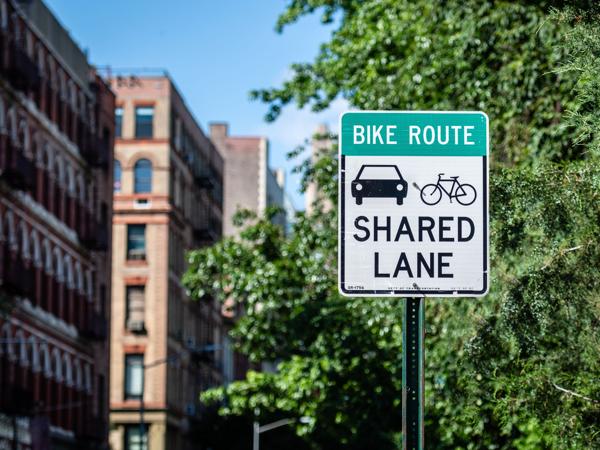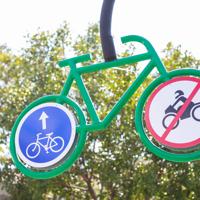Cycling advocacy can seem daunting at first, but taking steps to support and promote biking in your community can be very rewarding. Advocates work towards creating safer environments for cyclists, influencing policies, and raising public awareness.
Engaging in cycling advocacy doesn’t require grand gestures; small, consistent efforts can lead to meaningful change. Here’s how you can get involved:
1. Educate Yourself
Begin by learning about cycling issues locally and globally. Familiarize yourself with current policies, bike lane projects, and statistics on cycling in your area. Websites like the League of American Bicyclists offer a wealth of resources and updates on national advocacy efforts.
Consider joining webinars, reading books, or listening to podcasts about urban cycling and transportation planning. The more informed you are, the more effectively you can advocate.
2. Join Local Cycling Groups
Connect with local cycling organizations. These groups often organize events, rides, and meetings focused on advocacy. They can be great resources for networking and finding your role in local efforts.
To start, search for biking clubs or advocacy groups in your city. You could check sites like Meetup or local community boards.
3. Attend Public Meetings
Attend city council or transportation planning meetings when cycling is on the agenda. Express your perspectives on how public infrastructure affects cyclists during public comment periods.
Before attending, review the meeting agenda to come prepared with constructive points or questions. Your presence can demonstrate public interest in cycling-friendly initiatives.
4. Participate in Community Rides
Join community rides to meet other cyclists and raise awareness of the need for better infrastructure. These rides can often highlight areas in need of safe bike lanes or repairs.
Events like “Critical Mass” or “Bike to Work Day” are great ways to engage with other riders and show support for cycling in the community.
5. Volunteer Your Time
Offer your skills to cycling events or advocacy groups. Graphic design, web development, event planning, and social media management are often in demand.
Look for volunteer opportunities through local cycling organizations. Volunteering can deepen your connection to the cause and the community.
6. Advocate on Social Media
Use social media to voice support for cycling initiatives. Share articles, personal experiences, or updates on advocacy efforts. Engaging with officials or local reporters can increase visibility for your cause.
Consider participating in online discussions or campaigns, such as using popular hashtags like #BikeCommute or #CyclingForAll.
7. Write to Elected Officials
Contact local leaders to express what improvements you’d like to see for cyclists in your area. Personal letters or emails can make an impact and help put cycling on their agenda.
Be respectful and concise. Share personal stories or data to illustrate the importance of cycling infrastructure.
8. Support Pro-Cycling Businesses
Purchase from businesses that support sustainable transportation or are cyclist-friendly. Your economic support can encourage other businesses to cater to cyclists.
Additionally, you can suggest that businesses become more cycling-friendly by introducing bike racks or offering discounts to cyclists.
Additional Resources
- PeopleForBikes – An organization offering a wide range of advocacy tools and information.
- Streetfilms – Provides a collection of short documentaries on bike-friendly streets.
- Transportation Alternatives – Focuses on transforming NYC streets to prioritize pedestrian and bikers.
Cycling advocacy thrives on community involvement and collective efforts. By participating in any of these activities, you contribute to a movement that aims not just to enhance cycling conditions but also to build more sustainable and accessible cities for everyone.




